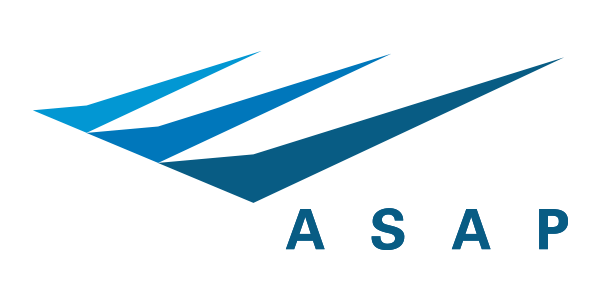How To... Increase engine life using reduced thrust takeoffs
.png)
All aircraft operators are trying to reduce expenses to stay competitive in the market. One easy way to do this is to take advantage of reduced thrust takeoffs. Using reduced thrust settings on takeoff will reduce the wear-and-tear on the engines, extending their life and reducing maintenance costs. Reduced power takeoffs will also use less fuel.
What is a reduced thrust takeoff?
A reduced thrust takeoff is when a takeoff is conducted with a lower thrust/power setting that is less than the maximum power available. This can be accomplished in one of two ways: through a specific derate value, usually specified by the manufacturer, or through the assumed temperature method, which is sometimes called FLEX temperature.
This discussion will focus on the assumed temperature method, as the specific derate method is usually straightforward and published in the Aircraft Flight Manual (AFM).
It is well known that an aircraft’s takeoff performance reduces as the outside air temperature increases. This is because of the lower air density and the reduction in engine thrust with temperature. This has led to the development of the Assumed Temperature methodology to reduce takeoff thrust. If an aircraft’s planned takeoff weight is below the maximum takeoff weight to meet performance requirements, we can look at the performance calculations for hotter and hotter outside air temperatures. We can compare the performance results to the actual weight of the aircraft and select a temperature that provides thrust reduction while still meeting performance requirements (single engine gradient, runway length, obstacle clearance, etc.). This selected temperature becomes the “assumed” temperature.
Regulatory requirements
Reference: FAA AC 25-13
The FAA has issued Advisory Circular Number 25-13 that governs acceptable reduced thrust takeoffs in the United States. Similar guidance exists in other jurisdictions. Some critical requirements from the FAA Advisory circular are:
- A maximum of 25% reduction in thrust from full-rated thrust is allowed.
- Relevant v-speeds must be checked against the minimum control speeds at the ambient temperature.
- A full-rated thrust takeoff must be demonstrated regularly.
- Reduced thrust takeoffs are generally not authorized for contaminated runway surfaces.
ASAP STAR Functionality
The assumed temperature methodology is available through the ASAP STAR application for any aircraft type/operation that allows for its usage. When an exact condition analysis is performed, the application will compute the takeoff performance analysis using full power. If the aircraft's planned takeoff weight is below the maximum takeoff weight, it will also display performance calculation results for the maximum allowable assumed temperature.

